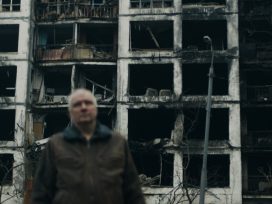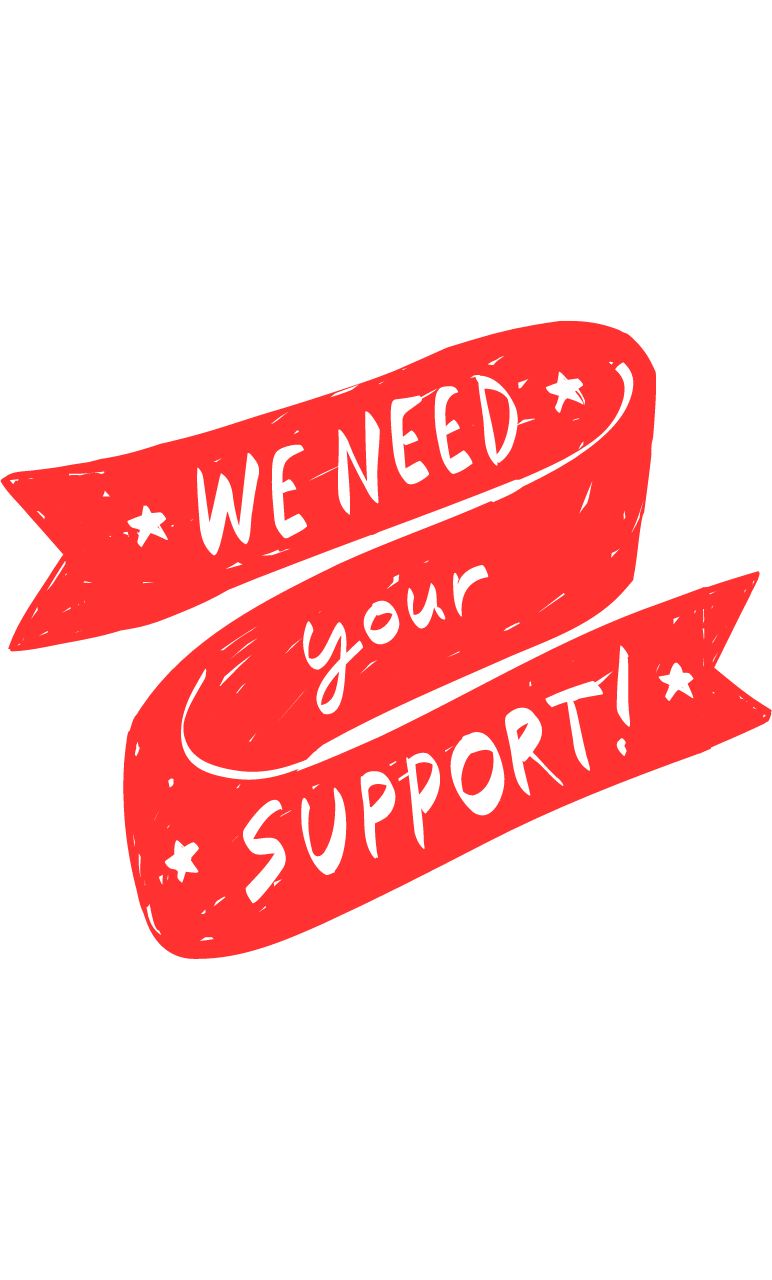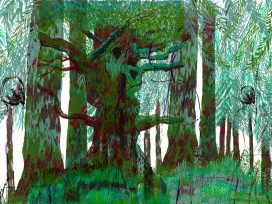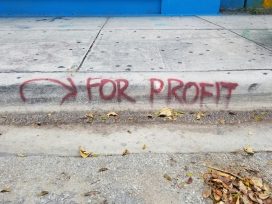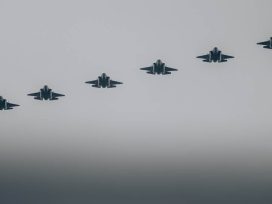The road to Przemyśl
The border town of Przemyśl is the main point of entry for Ukrainian refugees entering Poland. Most have come from Lviv, the central node for Ukrainians heading west. The photographer Florian Rainer has followed the route in the other direction. His images record both the anxiety and resilience of people forced to abandon their homes from one day to the next.
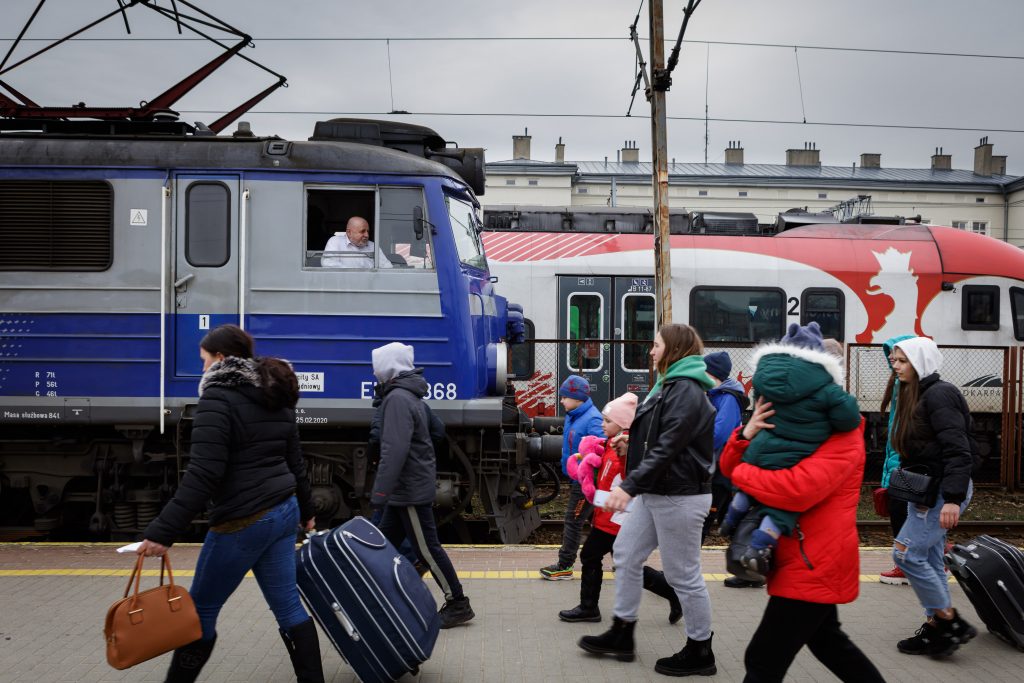
Ukrainian refugees at Przemyśl railway station, Poland. A train to Wrocław is waiting for passengers. © Florian Rainer
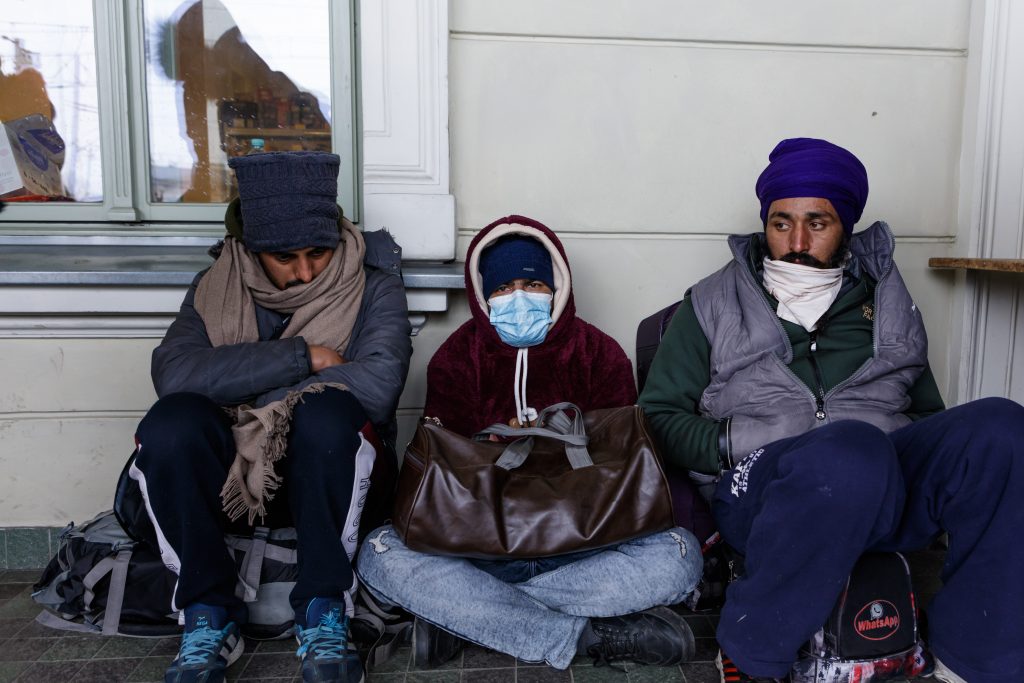
Przemyśl railway station. Three Indian men are waiting for a phone call from their embassy to tell them where to go next. It takes time to handle all requests. They have been studying in different Ukrainian cities. © Florian Rainer
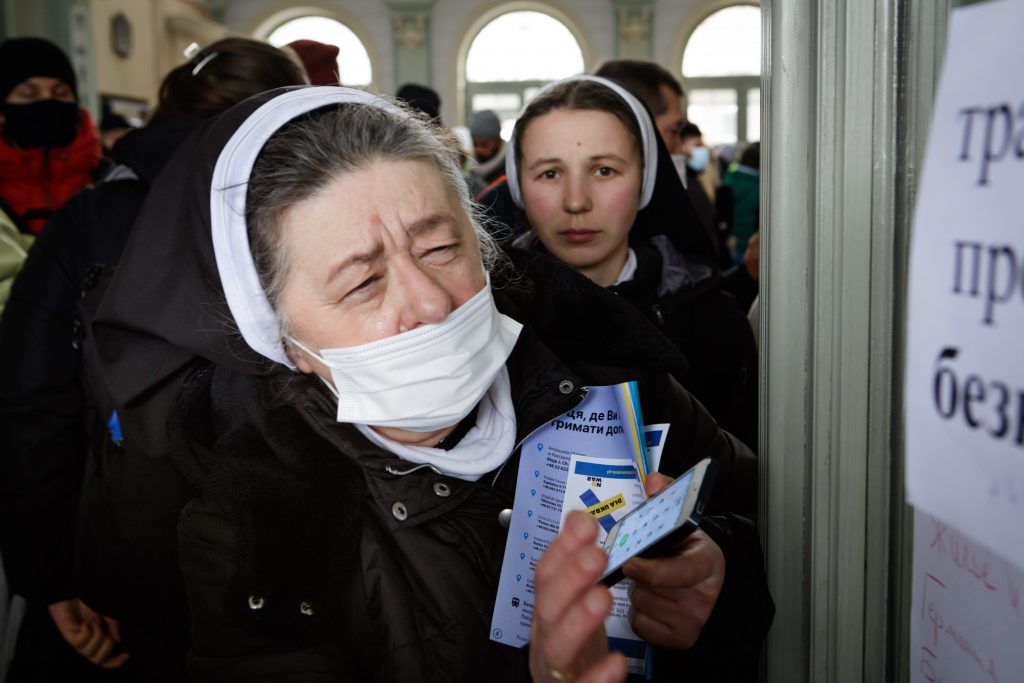
Przemyśl railway station. Two nuns are trying to find where they can volunteer. © Florian Rainer
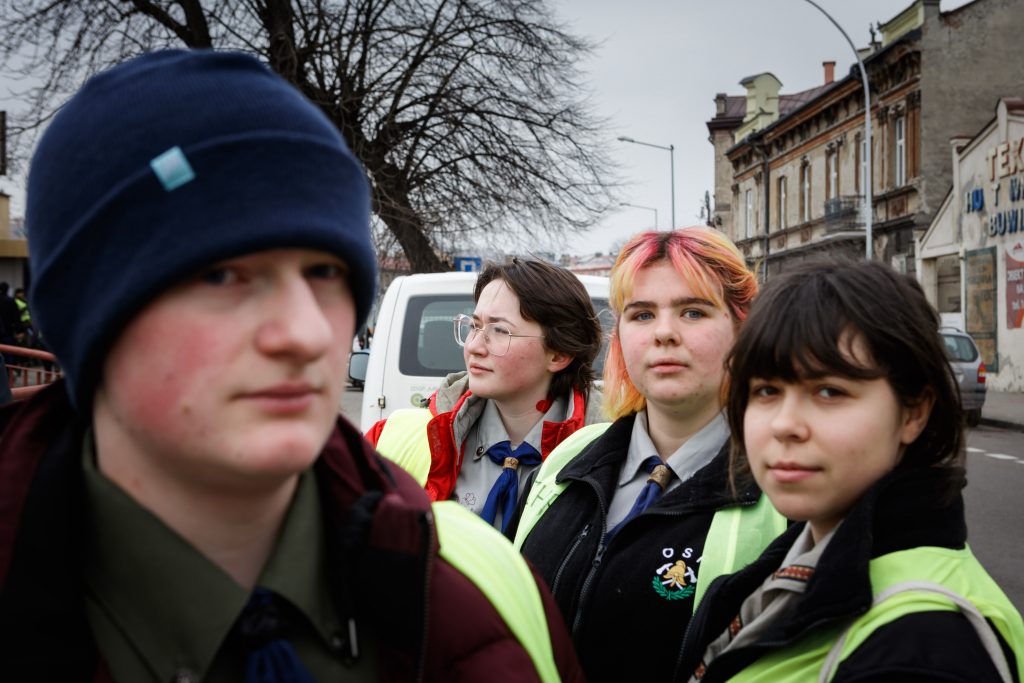
Scouts at Przemyśl station. Zuza (orange hair) and her friend are both volunteers. © Florian Rainer
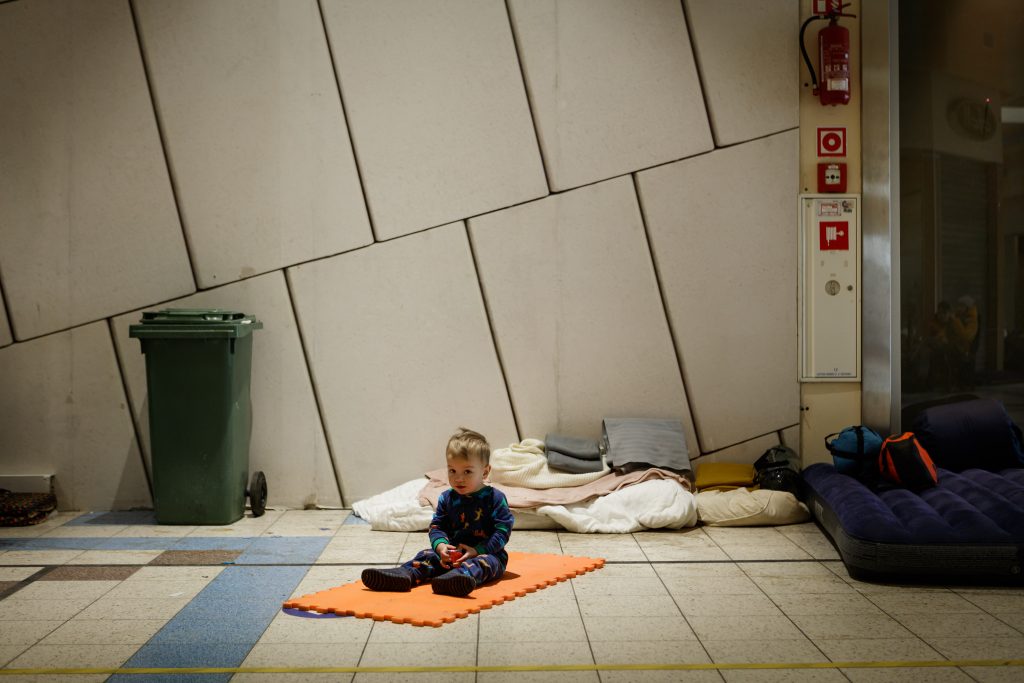
Alex from Kherson is waiting for his aunt to pick him up at the Tesco in Przemyśl. © Florian Rainer
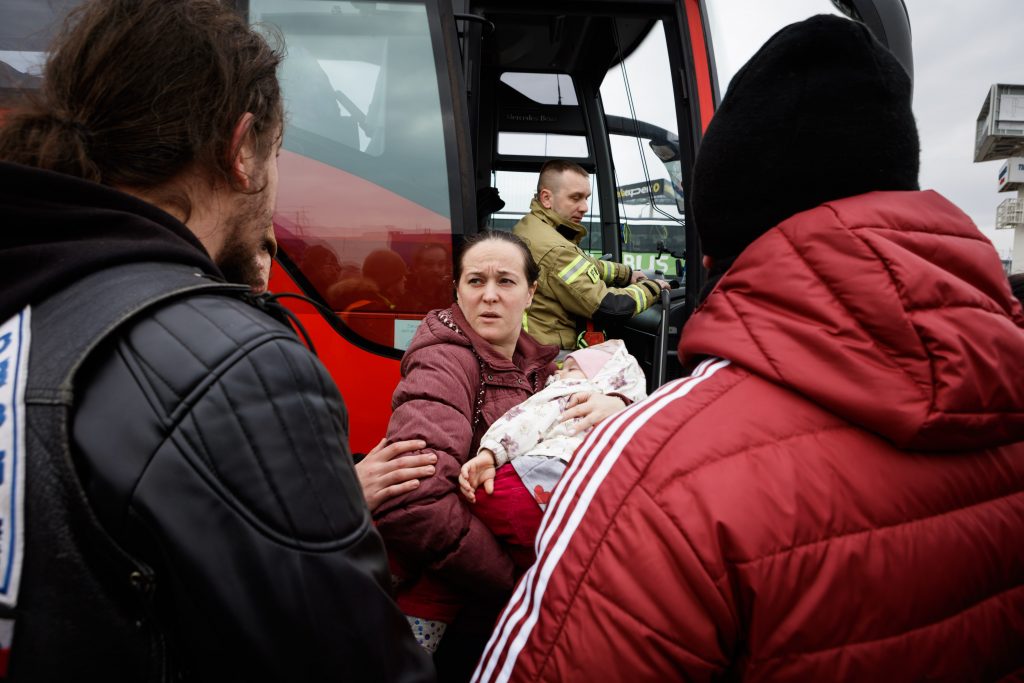
Tesco car park, Przemyśl. A woman is trying to find a lift. © Florian Rainer
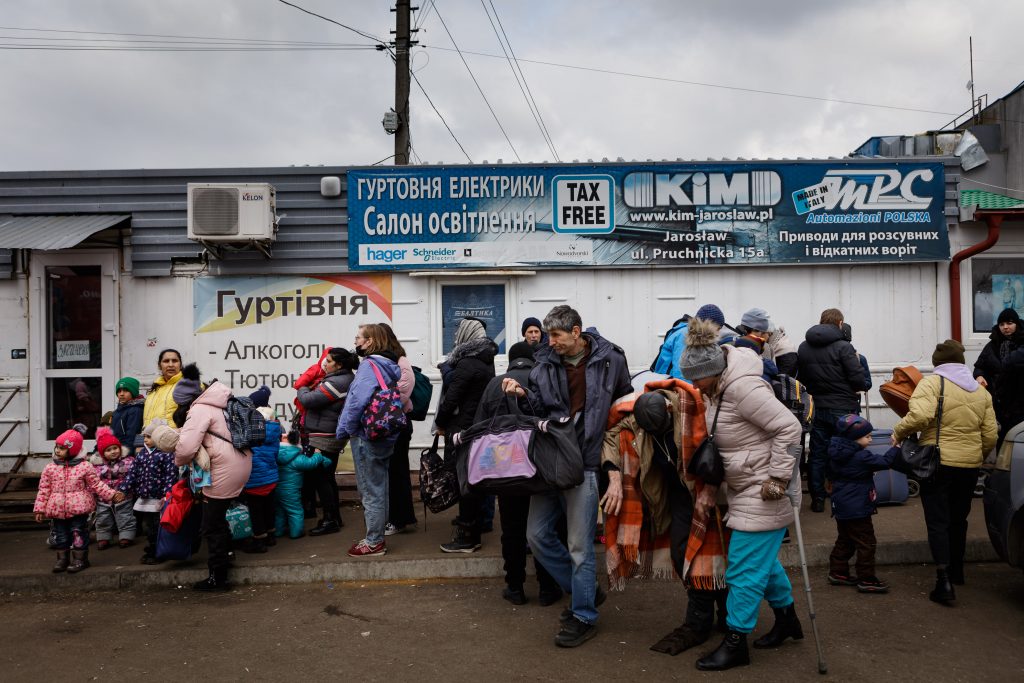
Schehyni, Ukraine. Section of the queue at the border to Poland. © Florian Rainer
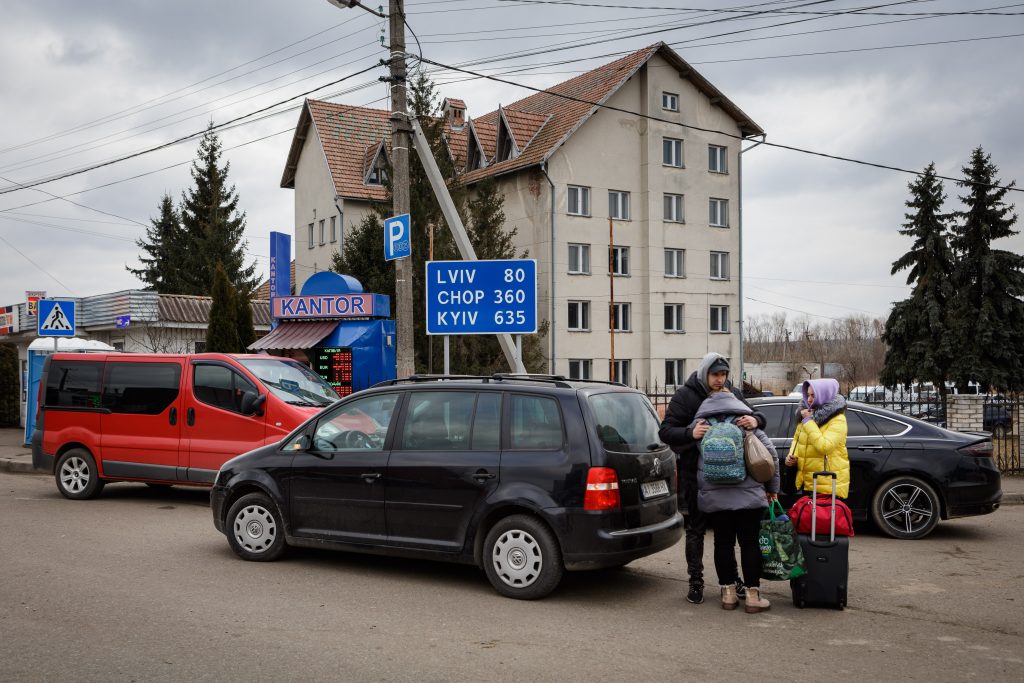
Schehyni. A young man is saying goodbye to his relatives before returning into Ukraine. © Florian Rainer
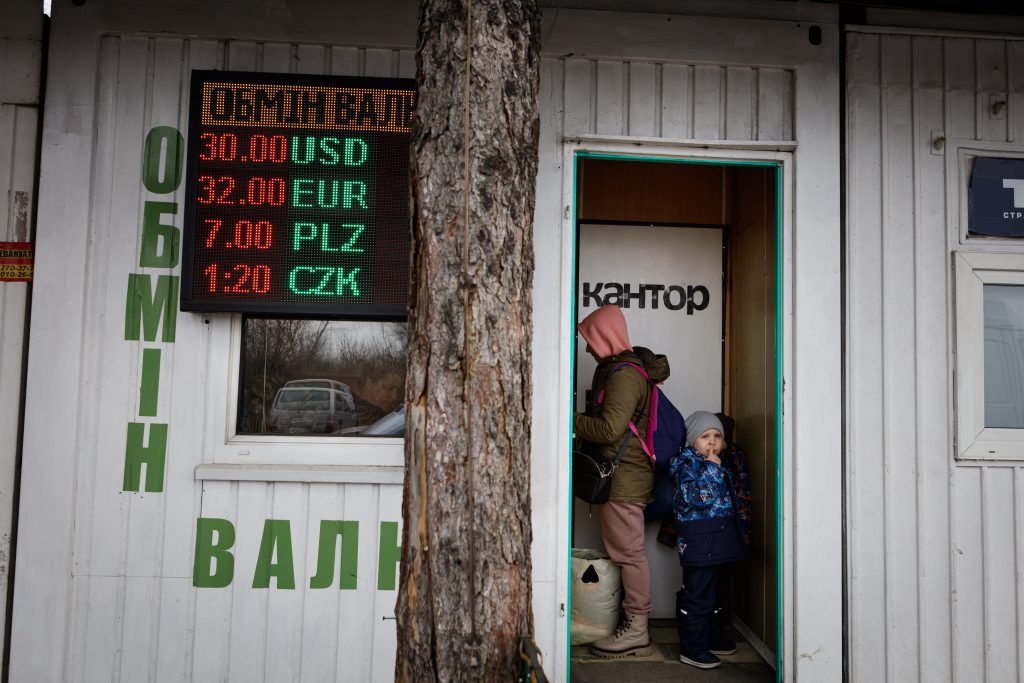
Schehyni. A woman changing money before crossing into Poland. © Florian Rainer
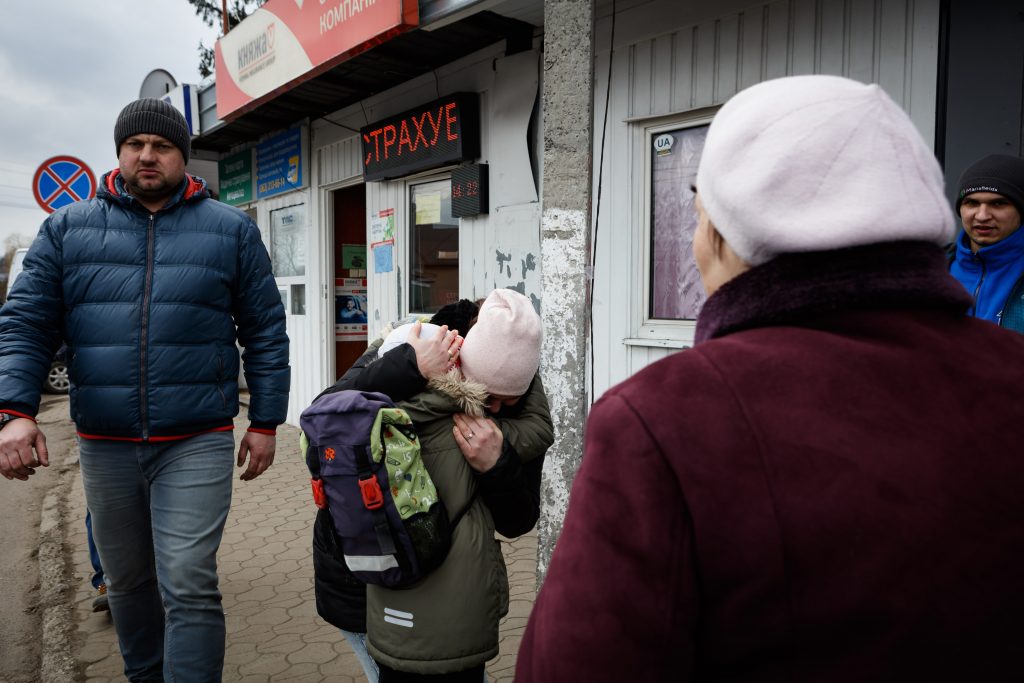
Schehyni. Saying hello before crossing the border into Poland. © Florian Rainer
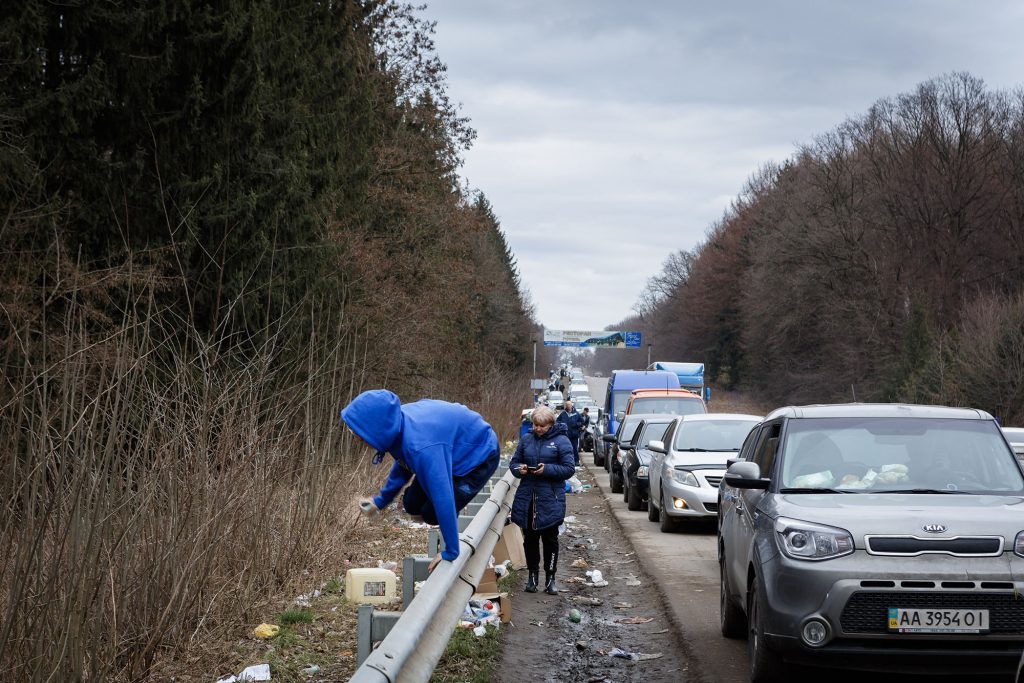
Traffic jam at Wolyzja, east of Schehyni, on the M11 from Lviv. The call of nature © Florian Rainer
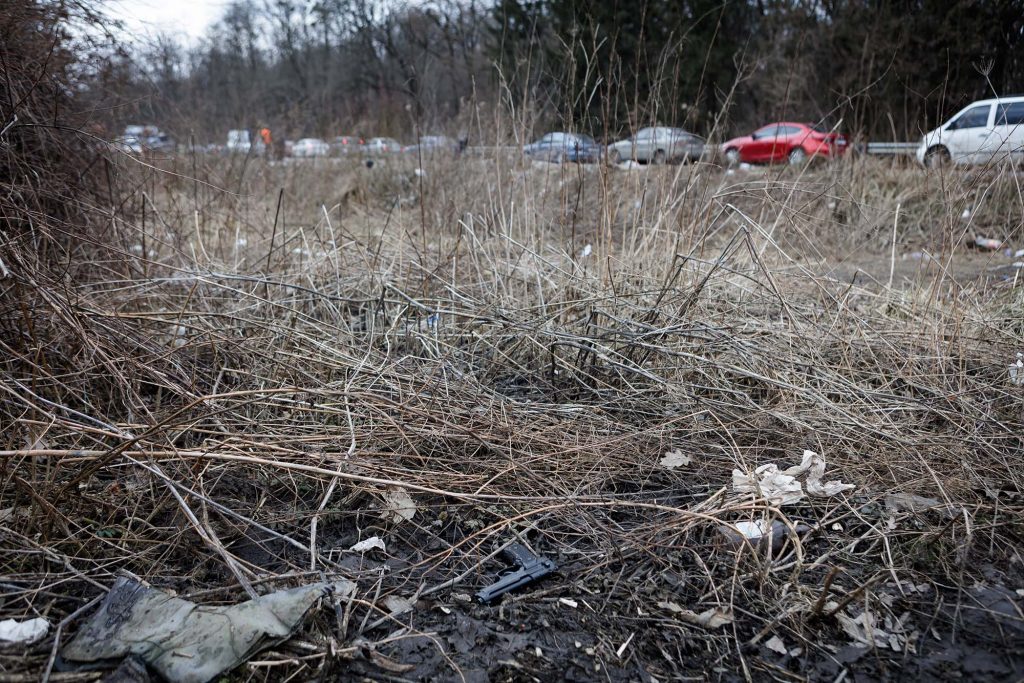
The M11 at Wolyzja. Somebody got rid of their gun at the side of the road. © Florian Rainer
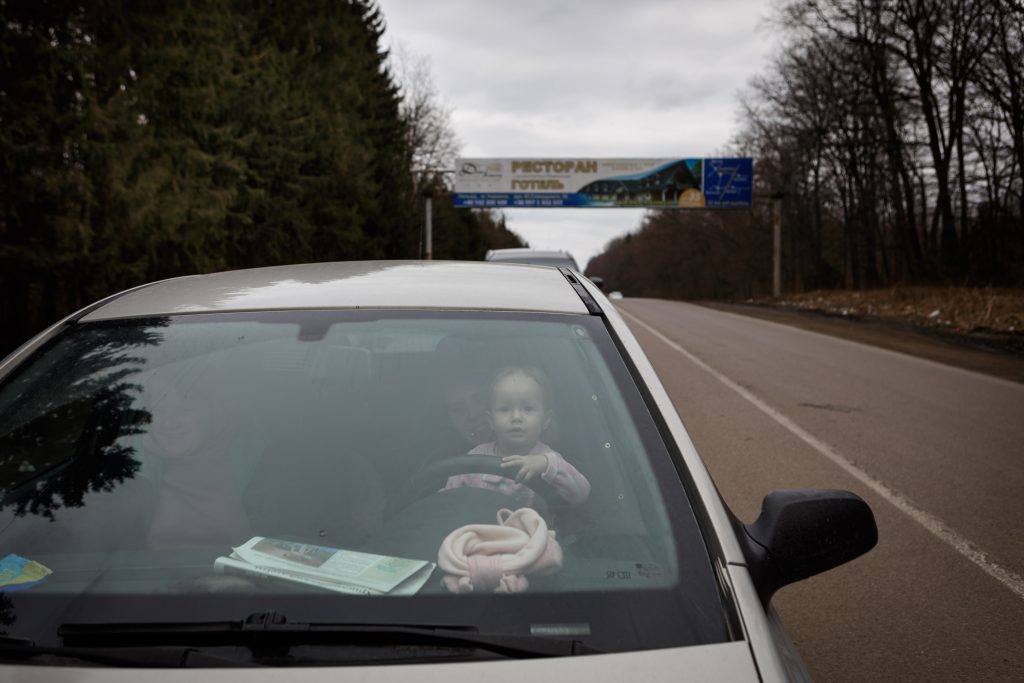
Traffic jam outside Wolyzja. Entertaining children to kill time. © Florian Rainer
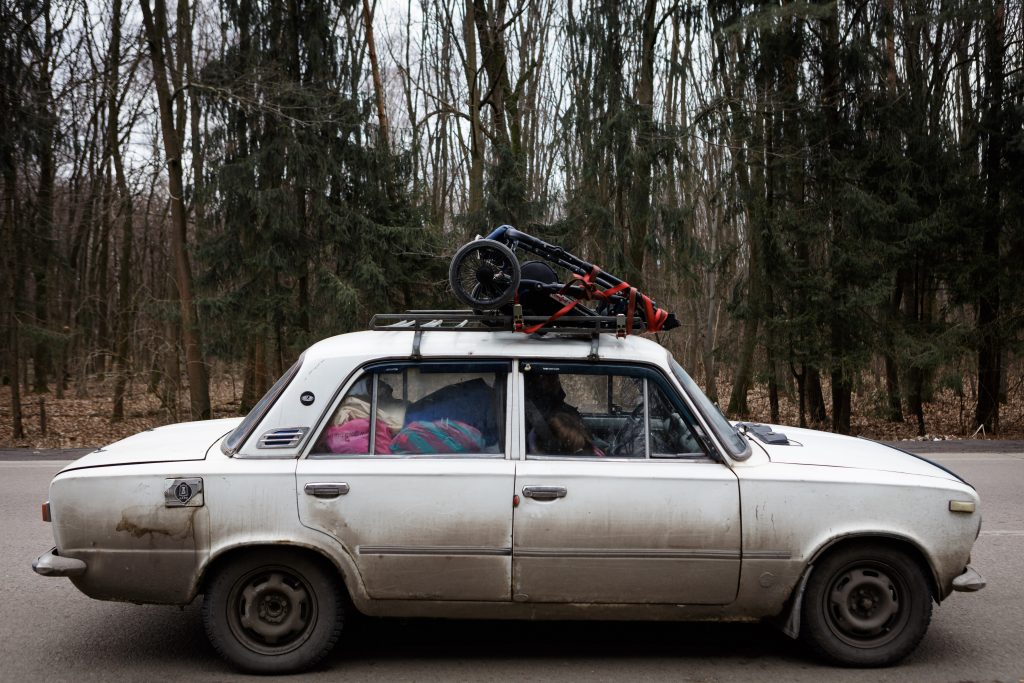
The M11 at Wolyzja. A family on the run. © Florian Rainer
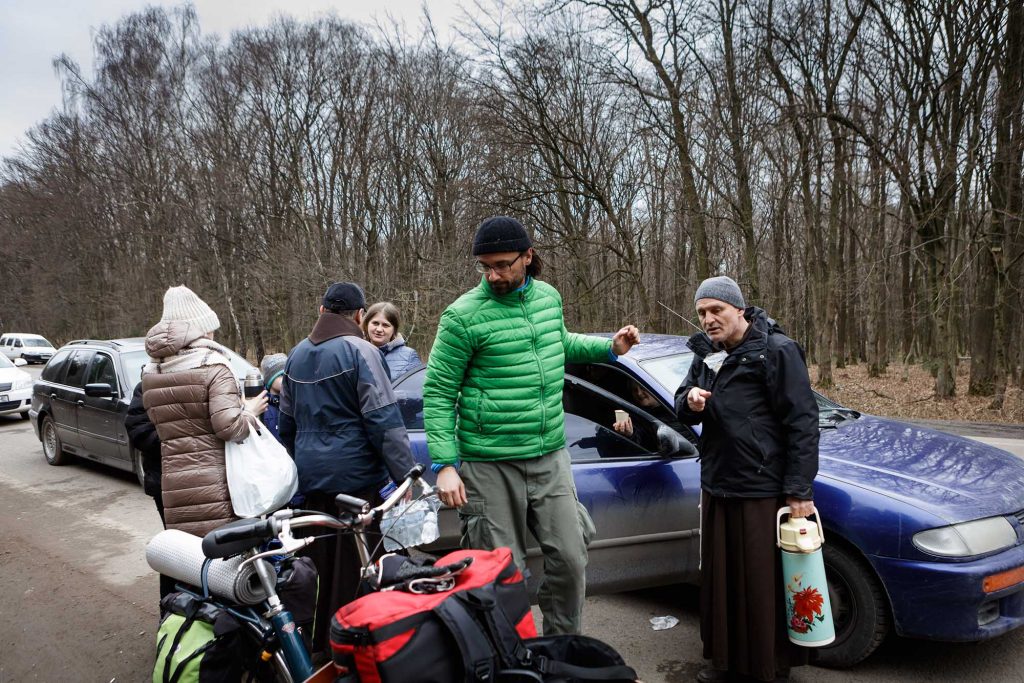
The M11 at Wolyzja. Piotr (green jacket) is handing out hot drinks. © Florian Rainer
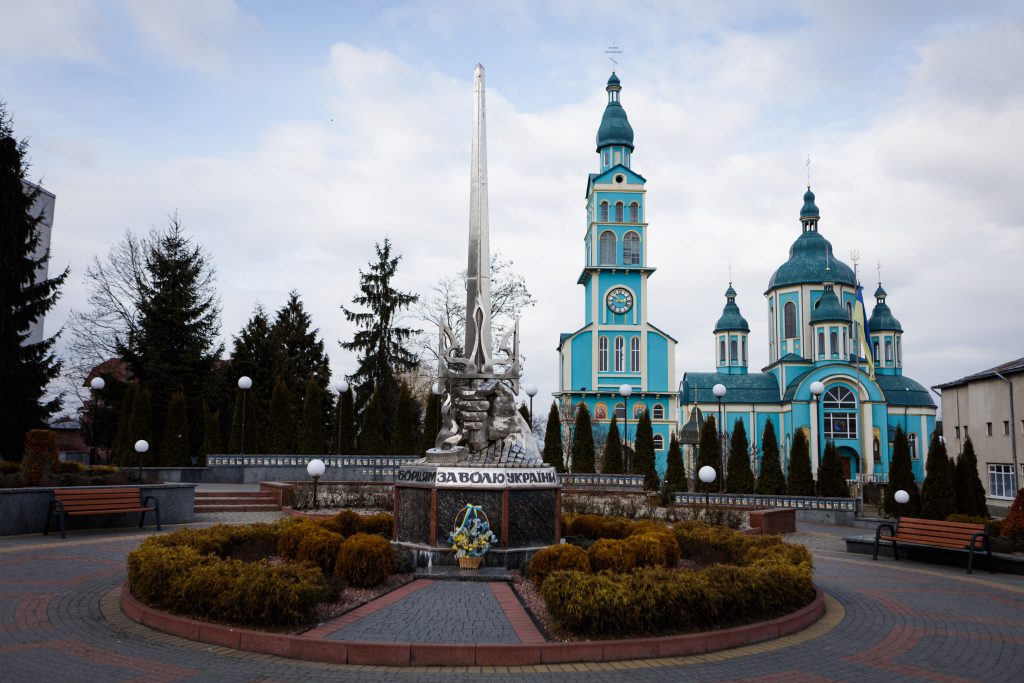
Mostyska town centre. A monument to the fallen in the Donbas. © Florian Rainer
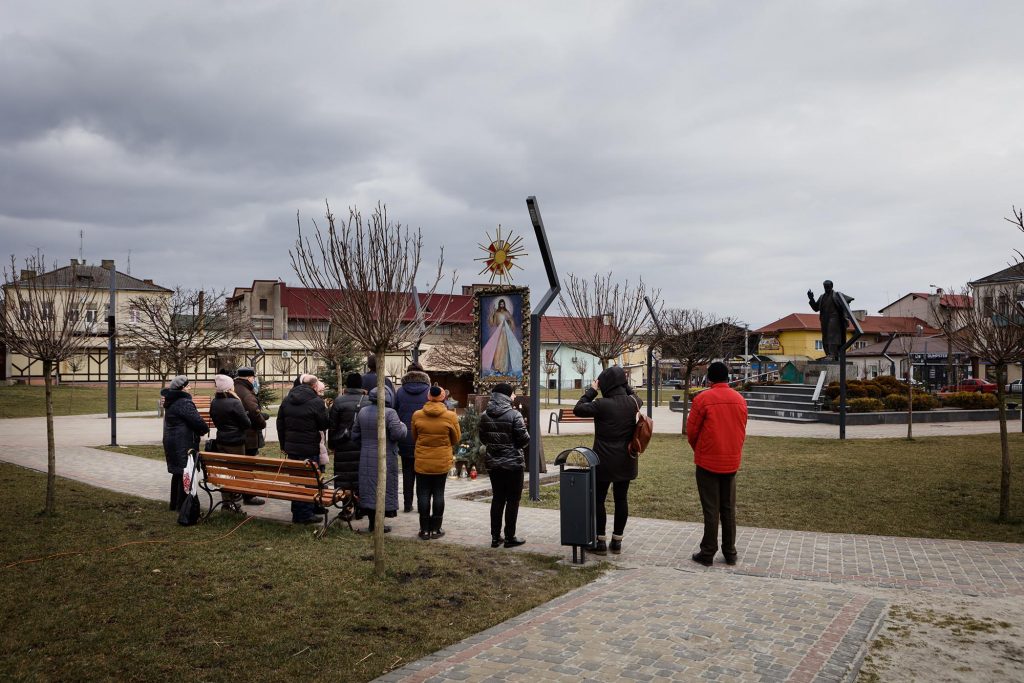
People praying on the main square in Mostyska. © Florian Rainer
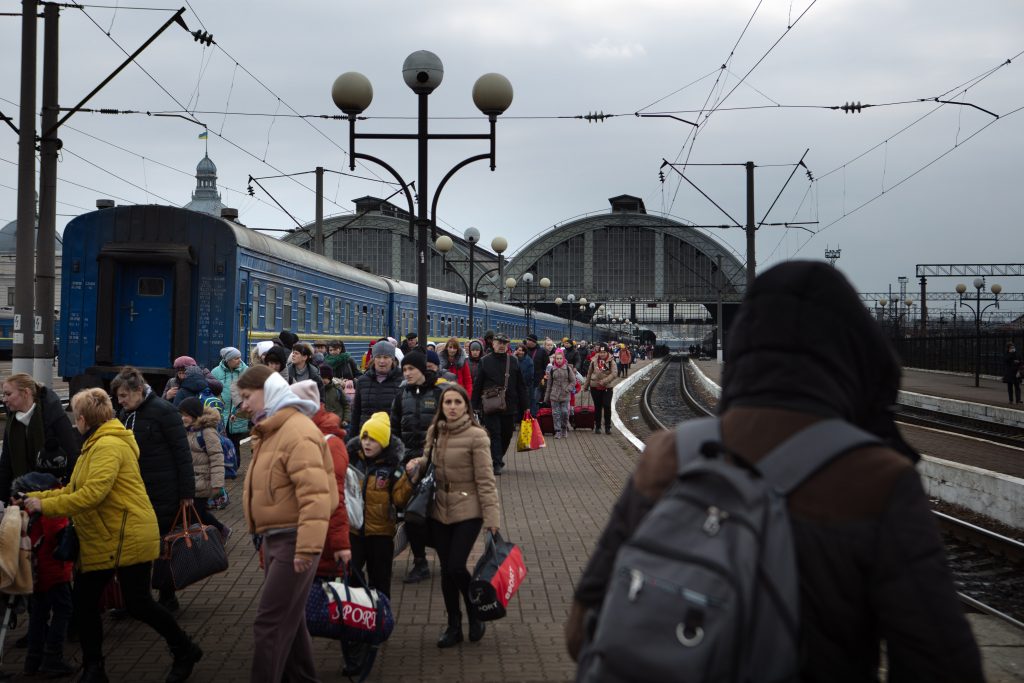
Lviv train station. Ukraine traditionally relies on rail for long distance travel. Nearly everyone taking the train west passes through here. © Florian Rainer
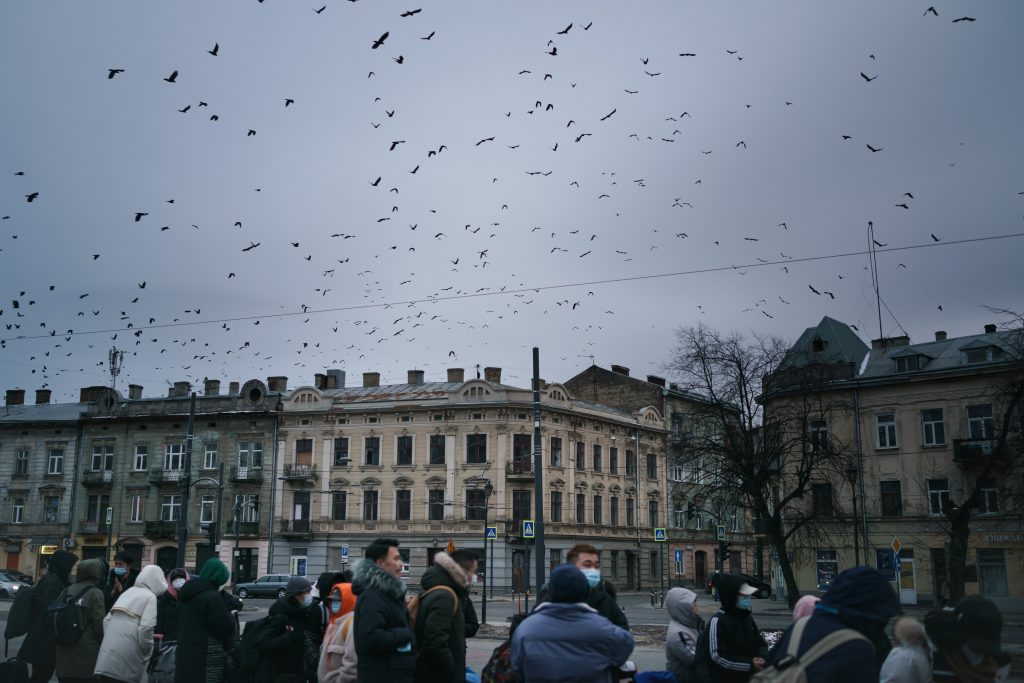
Lviv. Chinese refugees wait for a bus to take them to the Hungarian border. © Florian Rainer
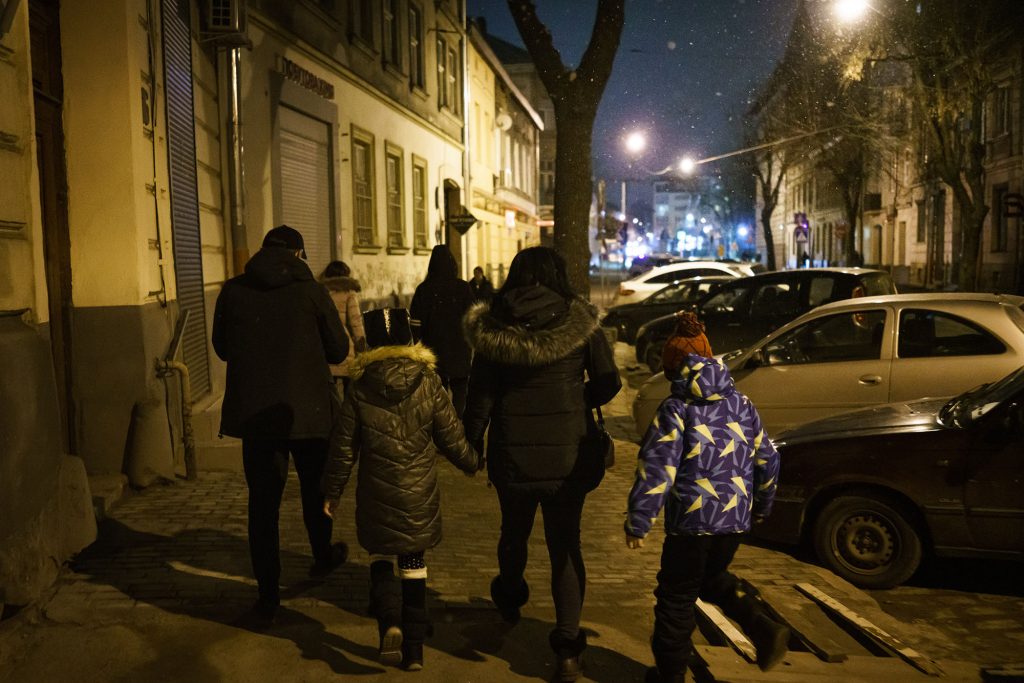
Lviv at night. Air raid warnings: people have to go into bunkers. © Florian Rainer
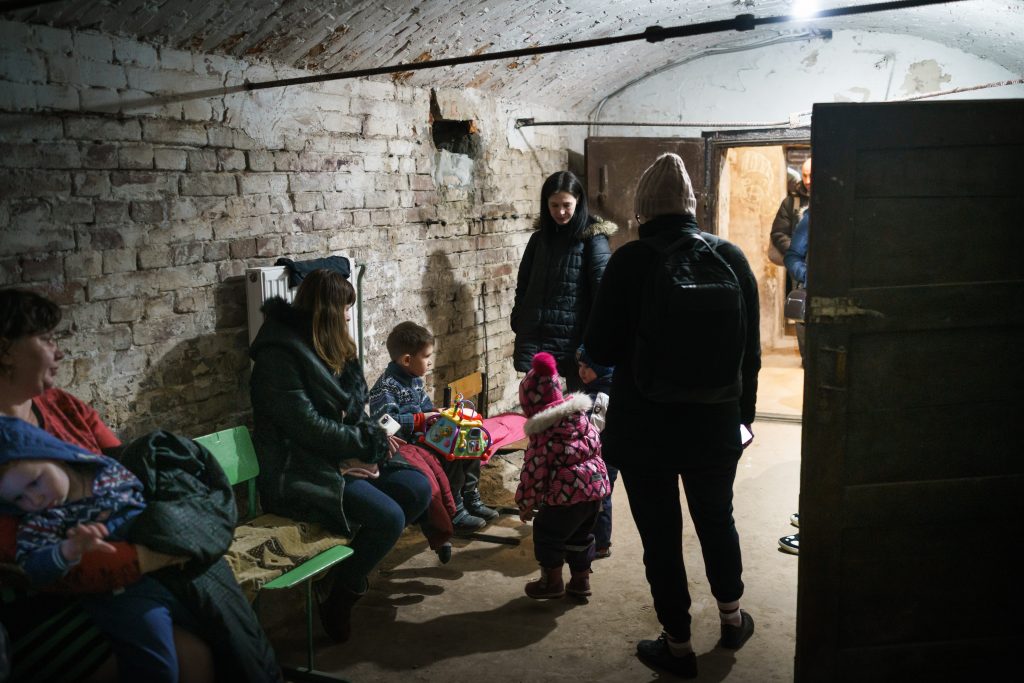
People in bunkers, Lviv. © Florian Rainer
Published 7 March 2022
Original in English
First published by Eurozine
© Florian Rainer / Eurozine
PDF/PRINTIn collaboration with
In focal points
Newsletter
Subscribe to know what’s worth thinking about.
Related Articles
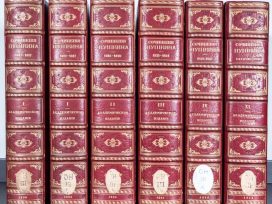
Imperial Russia saw the nation as the sea into which all the other Slavic cultures flowed. The idea persists today not only in Russia’s attitude towards its neighbourhood, but also in the way eastern Europe is studied in the West.
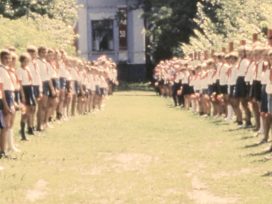
Instrumentalizing summer camps
From the Soviet Union to Russia’s war against Ukraine
Ex-USSR youth pioneer camps – once heavily supervised yet remembered surprisingly positively – have become sites of trauma, where Ukrainian children are being deported en masse, incarcerated and re-educated. The complex legacy that Russia is exploiting encompasses infrastructure, ideology and personal memory, raising questions about the role of individuals in implementing state policy.

